Table of Contents
“Ultimate Performance” mode
1. Open the Start menu and go to Settings in the Windows 10 operating system.
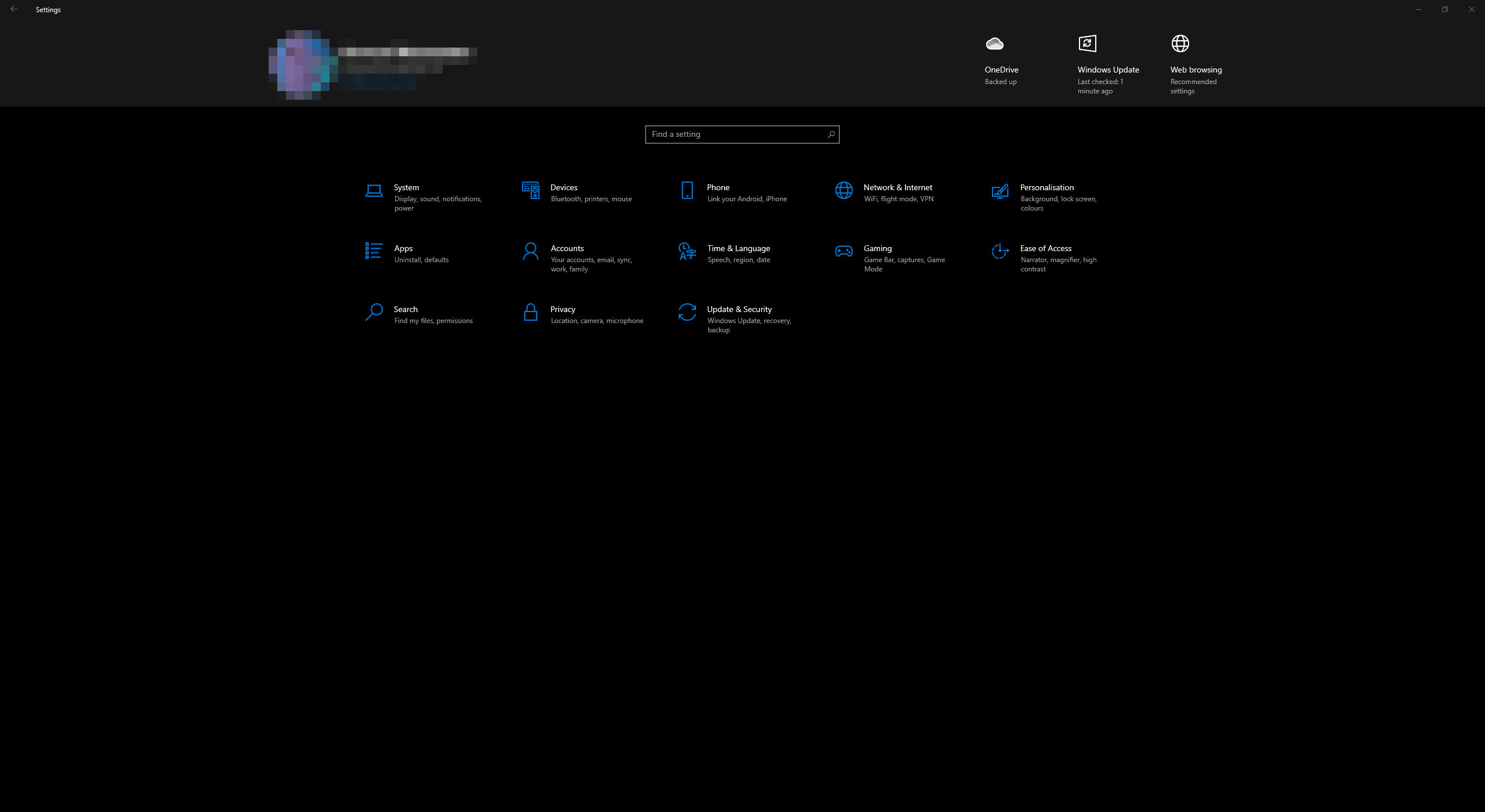
2. A general list of system parameter categories will be displayed. Open the “System” category.

3. A list of sections in the “System” category will appear. Open the “Power & sleep” section.

4. The power settings will open. On the right side, click the “Additional power settings” button.
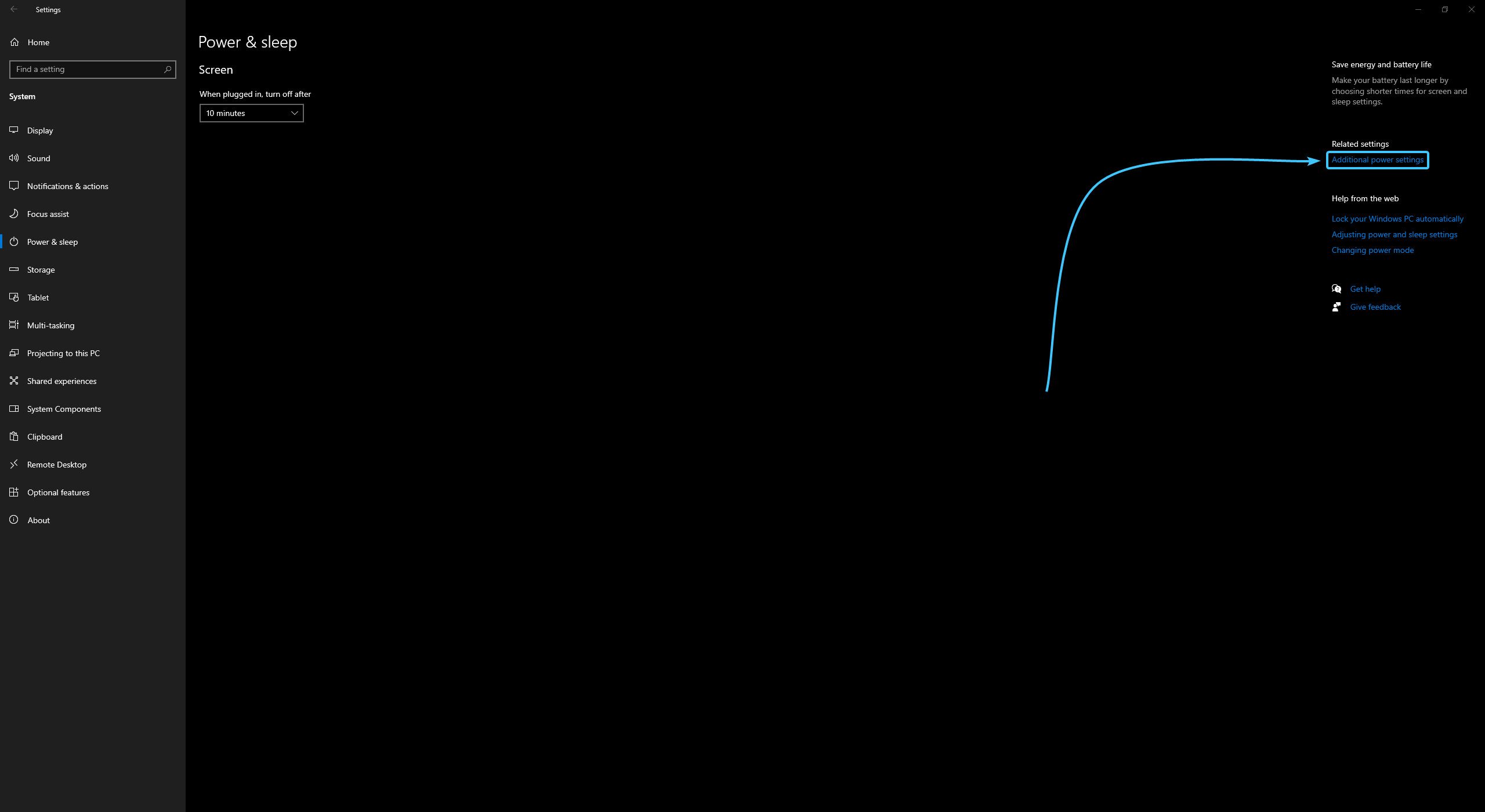
5. Additional power parameters will open. Click on the “Show additional plans” button.

6. Select the “Ultimate Performance” power plan to enable it in the system.

“High Performance” mode
1. Open the Start menu and go to Settings in the Windows 10 operating system.

2. A general list of system parameter categories will be displayed. Open the “System” category.

3. A list of sections in the “System” category will appear. Open the “Power & sleep” section.

4. The power settings will open. On the right side, click the “Additional power settings” button.
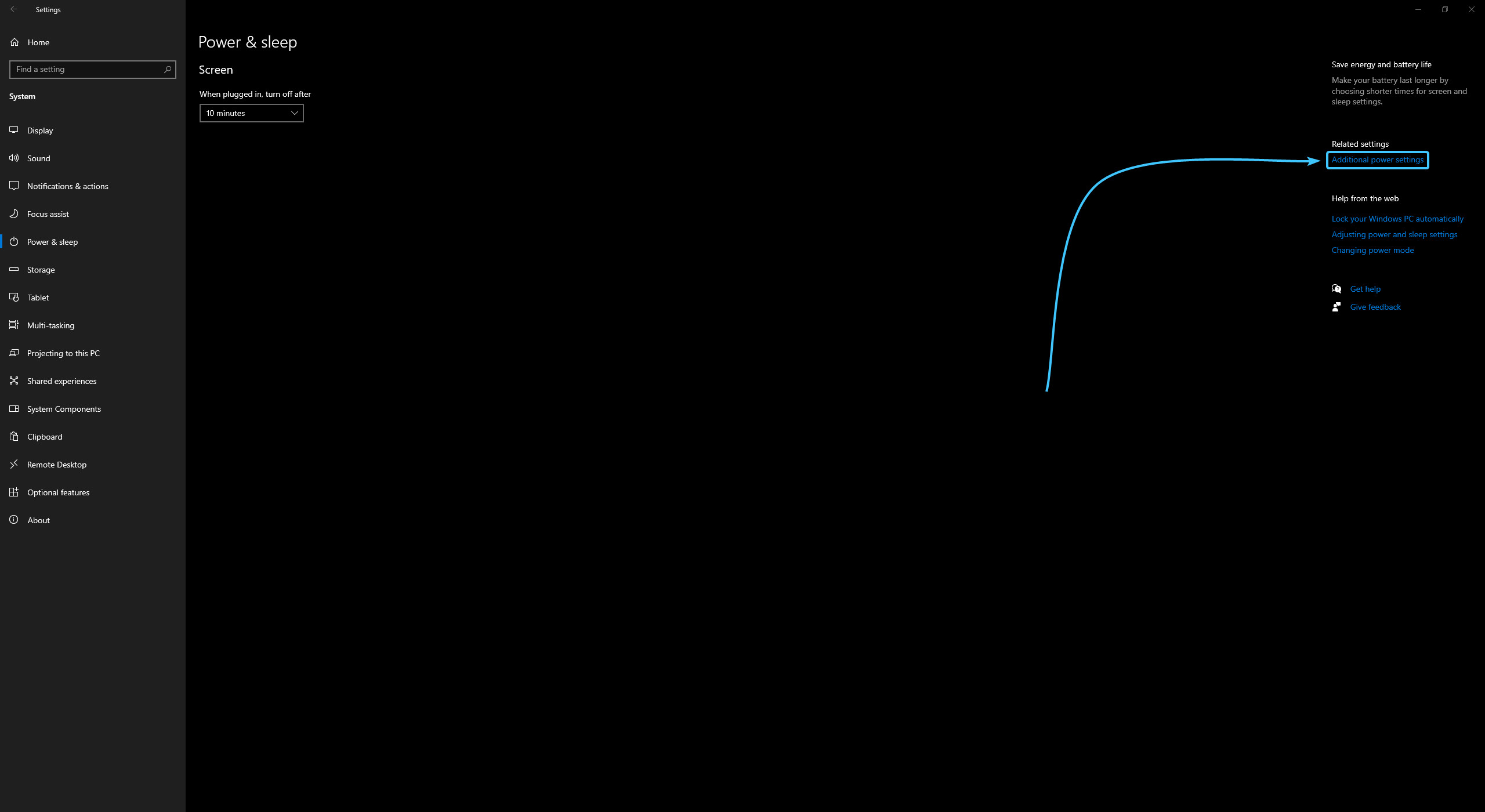
5. Additional power parameters will open. Click on the “Show additional plans” button.

6. Select the “High Performance” power plan to enable it in the system.

“Balanced” mode
1. Open the Start menu and go to Settings in the Windows 10 operating system.
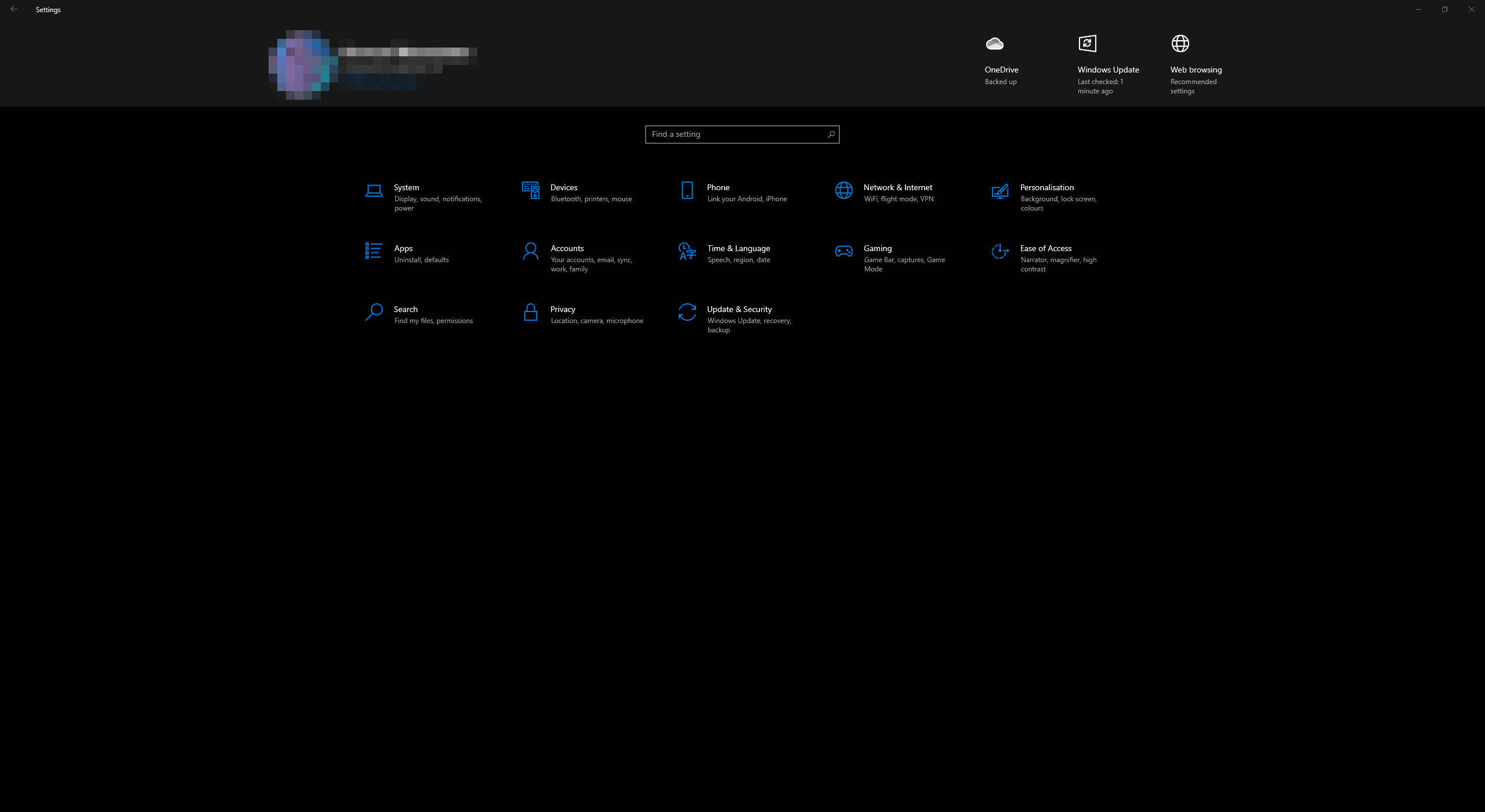
2. A general list of system parameter categories will be displayed. Open the “System” category.
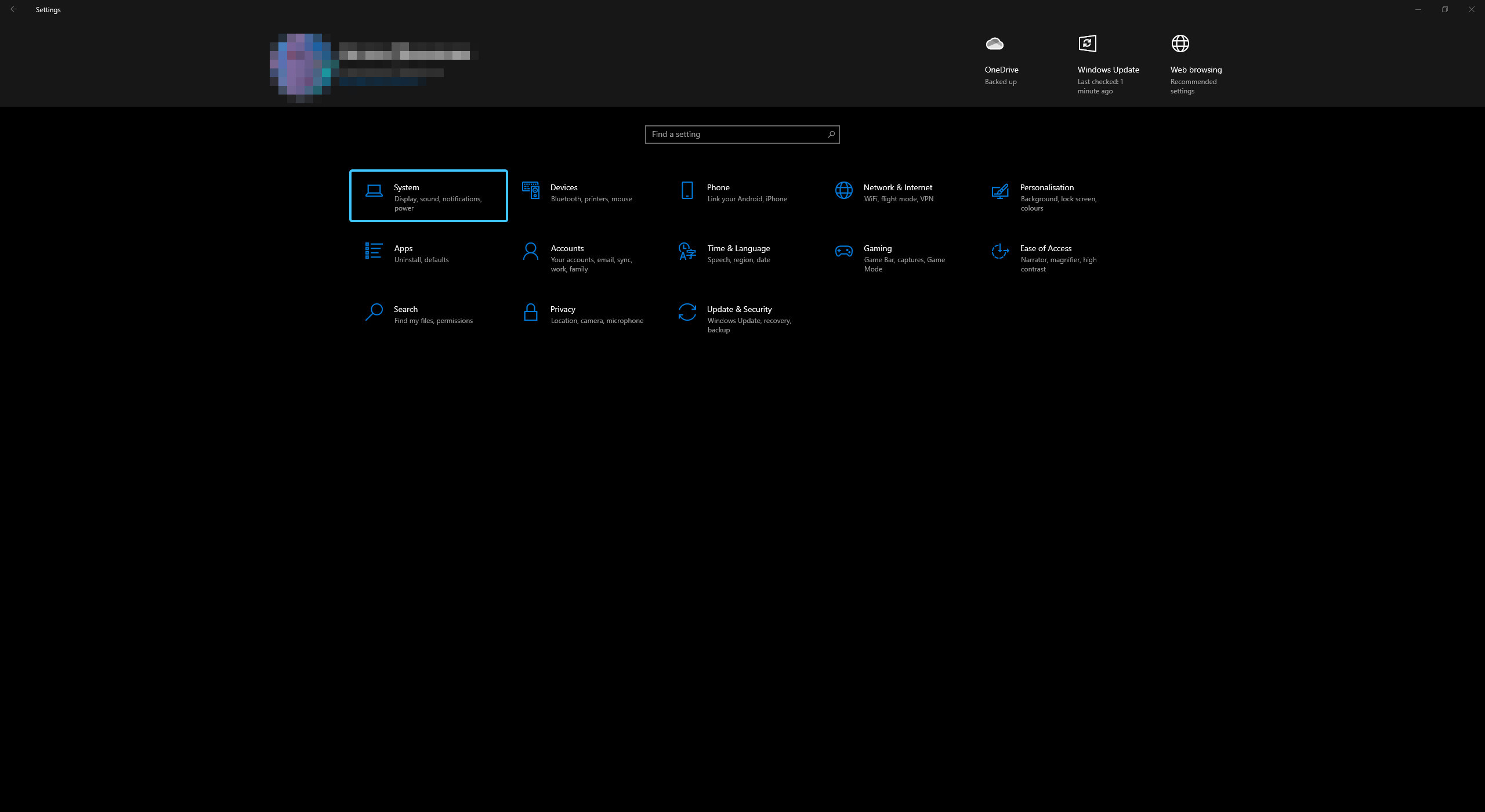
3. A list of sections in the “System” category will appear. Open the “Power & sleep” section.
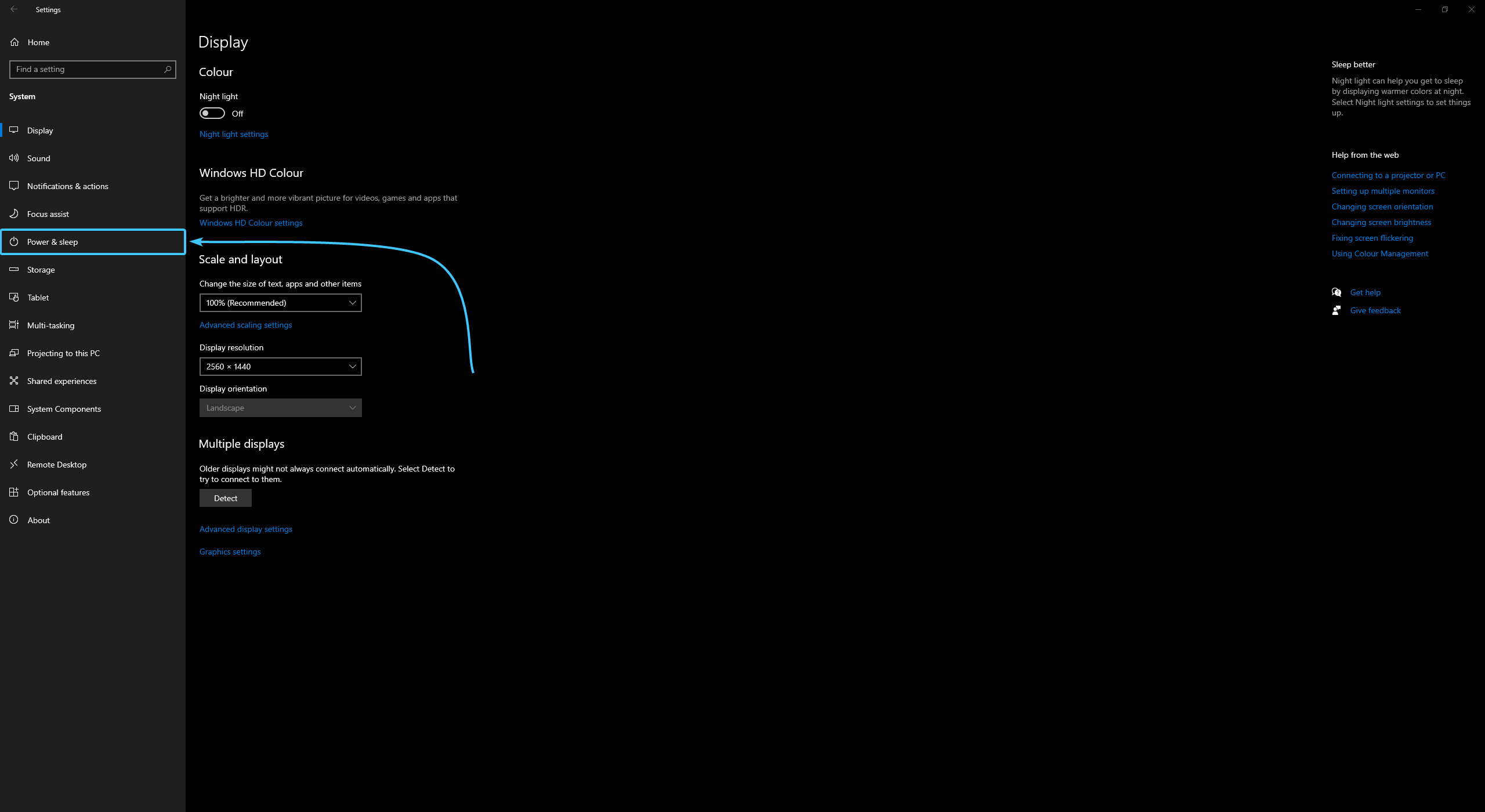
4. The power settings will open. On the right side, click the “Additional power settings” button.
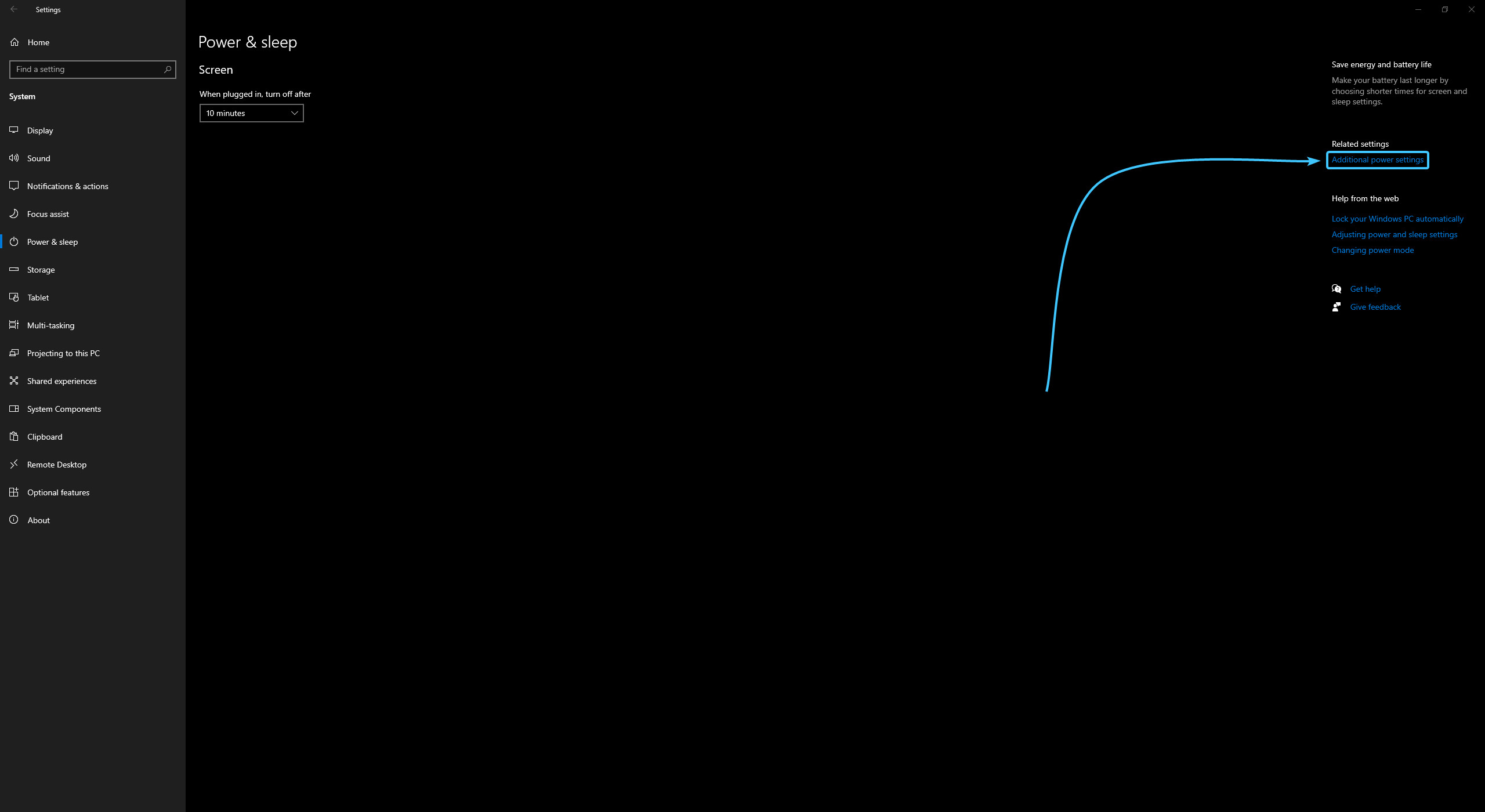
5. Select the “Balanced (recommended)” power plan to enable it in the system.

“Power saver” mode
1. Open the Start menu and go to Settings in the Windows 10 operating system.

2. A general list of system parameter categories will be displayed. Open the “System” category.
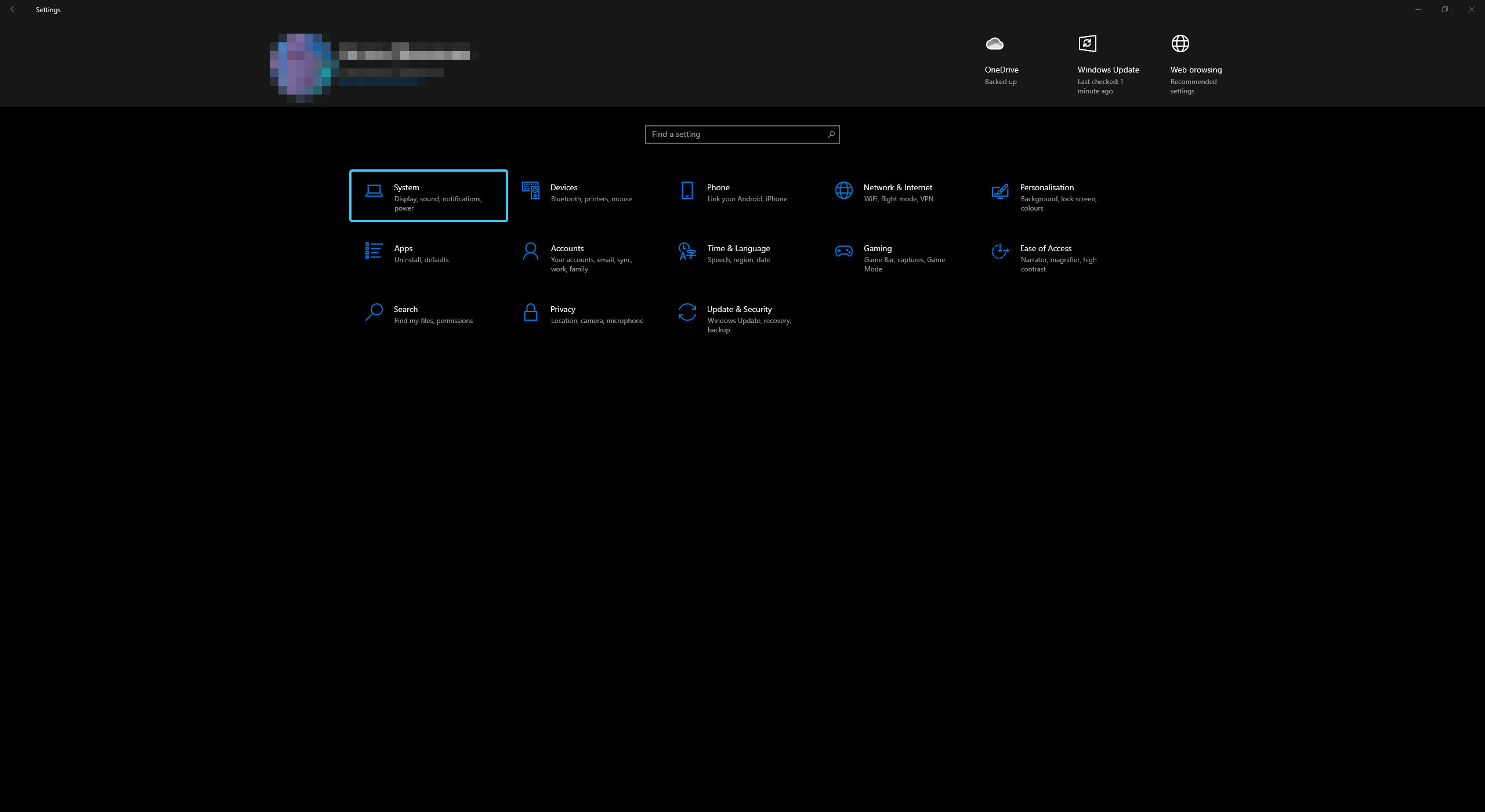
3. A list of sections in the “System” category will appear. Open the “Power & sleep” section.
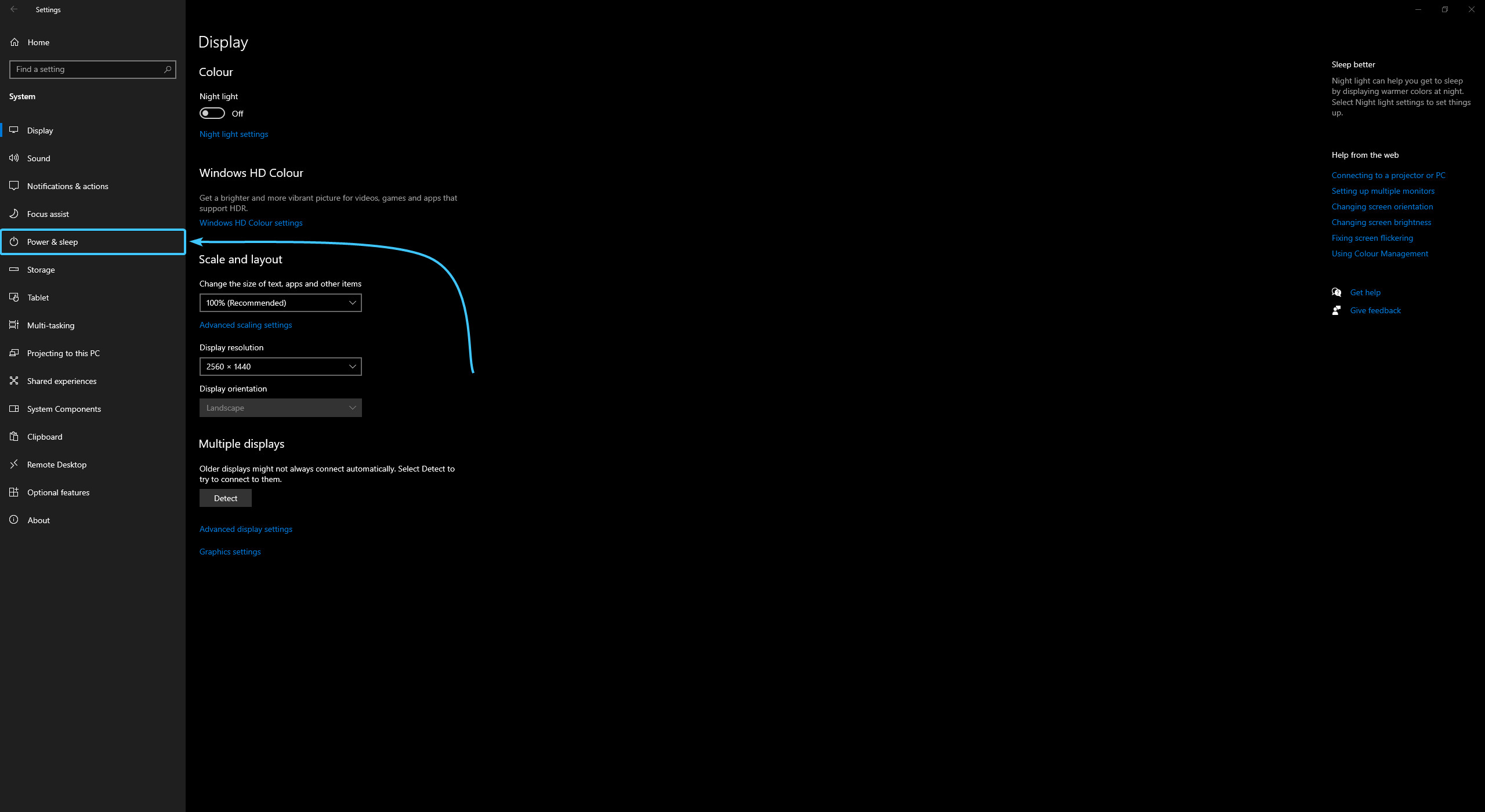
4. The power settings will open. On the right side, click the “Additional power settings” button.
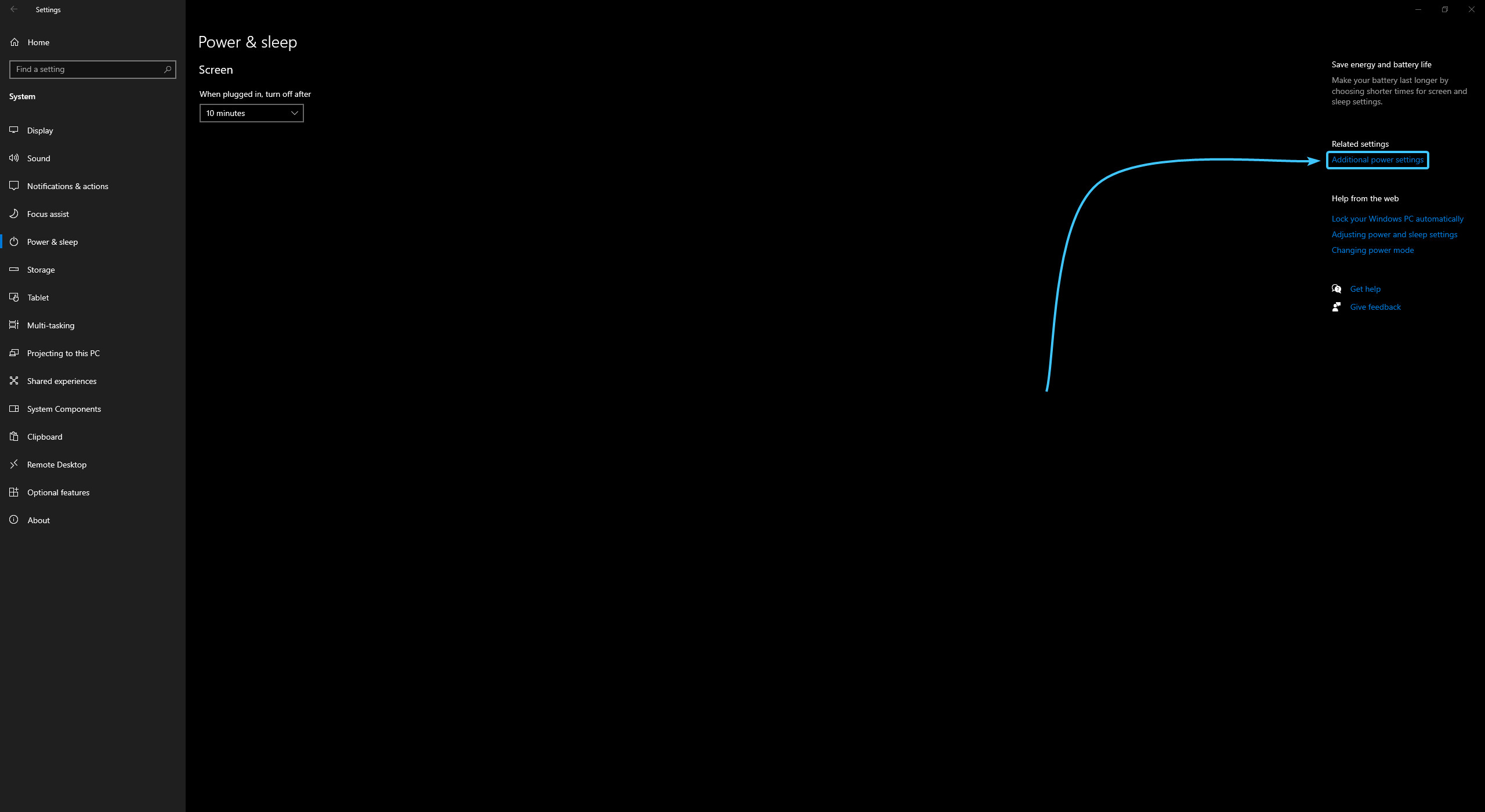
5. Select the “Power saver” power plan to enable it in the system.

Other guides
- Switching DEP technology;
- Paging file setting;
- RAM diagnostics;
- Diagnosis of disc devices;
- Power plans in Windows 11;
- Disabling the Hyper-V component;
- Windows 11 system installation;
- Windows system update;
- Disabling application startup;
- Windows 10 system installation;
- Adding power plans;
- Windows time correction;
- Disabling core isolation;
- Uninstalling applications on the system;
- Disabling visual effects;
- MSInfo32 and DxDiag reports;
- Disabling disc indexing;
- Optimising the disk device;
- Windows integrity check;
- Removing “Java options”;
- Restoring system fonts;
- Disabling the debug parameter;
- Location of the application list;
- Disabling remote assistant;
- Operating system reset;
- Operating system activation;
- Enabling storage sense;
- Deleting temporary files;
- Pausing system updates.
